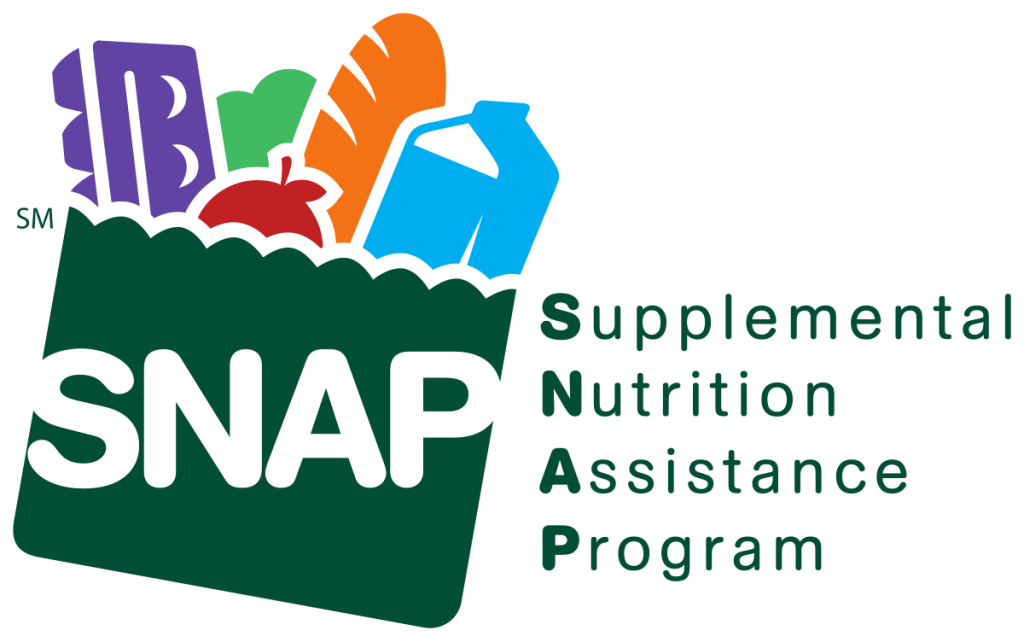SNAP Benefits See Adjustments Amid Economic Challenges and Policy Debates
The Supplemental Nutrition Assistance Program (SNAP), a vital resource for over 40 million low-income Americans, is undergoing significant changes due to economic factors and legislative discussions.
Annual Benefit Adjustments Reflect Economic Conditions
As of October 1, 2024, SNAP benefits have been adjusted to account for inflation and other economic indicators. The maximum monthly allotment for a family of four in the contiguous United States has increased slightly to $975, up from $973. Households with more than eight members will receive an additional $220 per person. Regions with higher living costs, such as Alaska, Hawaii, Guam, and the U.S. Virgin Islands, have seen more substantial increases. These adjustments aim to help recipients better cope with rising food prices.
Farm Bill Expiration Raises Concerns Over Food Prices
The expiration of the U.S. Farm Bill on September 30, 2024, has introduced uncertainty for programs like SNAP. Without reauthorization, there is potential for disruptions in agricultural subsidies, which could lead to increased food prices, notably in the dairy sector. Consumers may face higher grocery bills if Congress does not act promptly to pass new legislation or a temporary extension.
Advocacy for Policy Reforms
Student and legal advocacy groups are petitioning the U.S. Department of Agriculture to eliminate the interview requirement for SNAP applicants. They argue that removing this step would streamline the application process, making it easier for eligible individuals to access benefits. The current interview requirement can be a barrier for many applicants, potentially delaying access to essential food assistance.
Proposed Rule Changes to SNAP Payments
The USDA’s Food and Nutrition Service has proposed changes to SNAP that would adjust time limits and exemptions for certain recipients. The proposal includes expanding age ranges subject to work requirements and providing exemptions for others. These changes are part of ongoing efforts to balance program integrity with the needs of vulnerable populations.
Challenges Amid Rising Food Costs
Despite these adjustments, many SNAP recipients find that benefits are not keeping pace with escalating food prices. The rising cost of living continues to strain household budgets, prompting discussions about the adequacy of current benefit levels and the need for further policy interventions to address food insecurity effectively.



